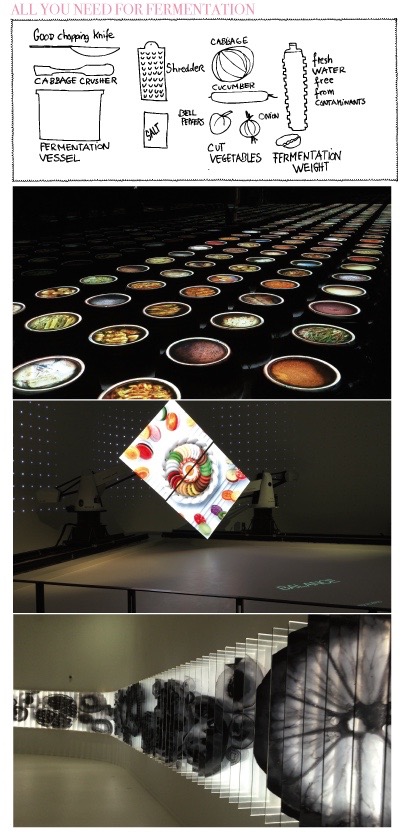
MILAN: When I visited the EXPO in Milan, I was particularly fascinated with the South Korean pavilion, which revolves around the concept of hansik. This is how Koreans refer to their food, which is mostly based on the process of fermentation. It allows to break down the sugars and carbohydrates in a food into more digestible components through the natural use of beneficial bacteria, i.e. probiotics.
Unlike food simply going bad, fermentation represents a useful and practical change. The best known fermented food in Korean cuisine is of course kimchi, the spicy fermented cabbage, but there is a wide range of others, from condiments like doenjang (bean paste) to pickled and salted vegetables. In fact, every nation has their unique fermented foods, and we eat them every day. Just think of cheese, yogurt or sourdough bread.
Introducing fermented foods to your everyday diet is the key to vibrant health and a strong immune system. After all, the probiotics promote the growth of friendly intestinal bacteria, aid digestion and support immune function. And what’s even better: They are not only healthy, but extremely tasty and easy to make yourself.
HOW TO FERMENT VEGETABLES
Basically, you mix vegetables with salt and/or whey and store them in a fermentation vessel or mason jar. The best veggies to use are root vegetables, radishes, cabbage, garlic, ginger, cauliflower.
1. Choose the right equipment, mainly a good chopping knife and fermentation vessel (although simple mason jars with a tight lid will do, too).
2. Prepare the vegetables for fermenting by grating, shredding, chopping or slicing them, or leaving them whole. The preparation method is a personal choice, though some vegetables, such as cucumbers, are better suited for leaving whole, while others ferment better when shredded or grated.
3. Choose a culturing medium: salt, whey or a freeze-dried starter culture. Salt inhibits putrefying bacteria for several days until enough lactic acid is produced to preserve the vegetables for many months, while starter cultures such as whey can add bacteria to the culturing process to get things going more quickly. The combination used is a personal choice.
4. Once the vegetables have been prepared and put inside the vessel, weigh them down under the brine. Make sure to have a good centimetre of liquid sitting above the veggies so they don’t grow moldy.
5. Cover tightly and keep at room temperature for about 3 days before transferring to cold storage. Enjoy for months!
– Claudia Hellmann

